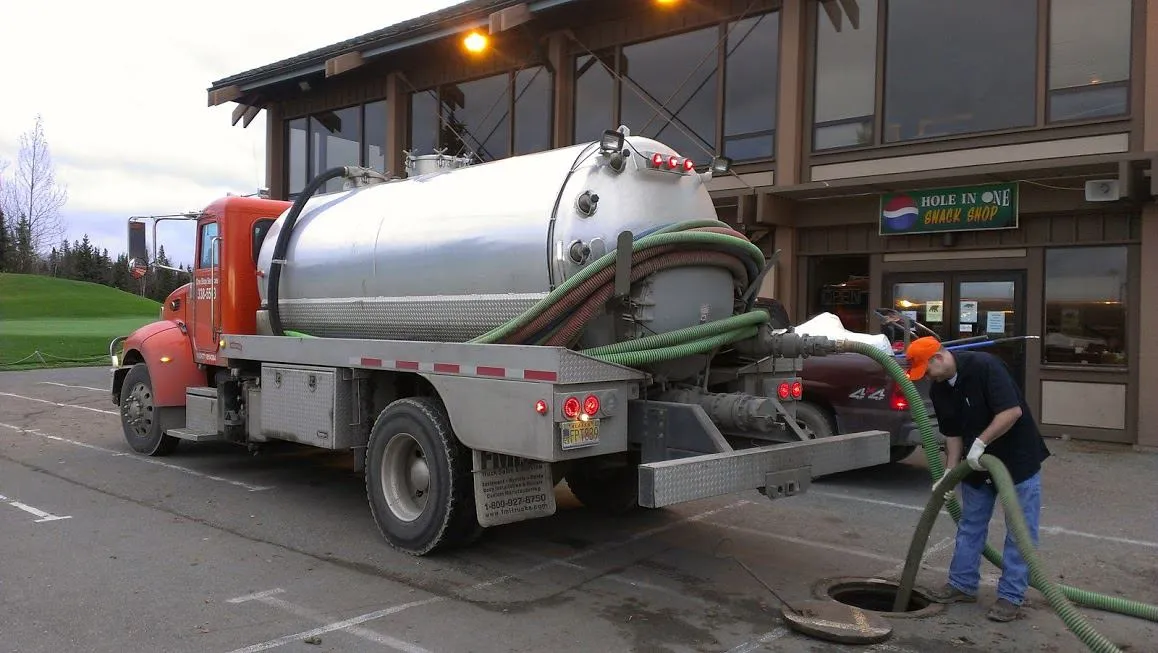
How to Locate Your Septic Tank for Pumping: A Homeowner’s Guide
- Home Improvement
- February 3, 2024
- No Comment
- 424
Regular septic tank pumping is essential for maintaining a healthy and functioning septic system. However, before you can schedule this crucial maintenance task, you need to know where your septic tank is located. For many homeowners, finding the septic tank can be a challenging and daunting task. In this comprehensive guide, we will provide you with step-by-step instructions on how to locate your septic tank for pumping, helping you take better care of your septic system and avoid potential issues.
Why Is Knowing the Location of Your Septic Tank Important?
Locating your septic tank is the first step in maintaining your septic system properly. Here’s why it’s essential:
- Scheduled Pumping: Regular septic tank pumping is necessary to remove accumulated solids and sludge. Knowing the tank’s location allows you to schedule this maintenance task as needed.
- Preventative Maintenance: Accessing your septic tank’s location enables you to inspect it for any signs of damage, leaks, or potential issues. Catching problems early can prevent costly repairs.
- Avoiding Accidents: Knowing where the septic tank is located helps you avoid accidental damage during landscaping or construction projects. Digging or driving heavy machinery over the tank can lead to costly repairs.
- Efficient Repairs: If a problem does arise with your septic system, such as a blockage or malfunction, being able to locate the tank quickly allows for more efficient and cost-effective repairs.
Step-by-Step Guide to Locating Your Septic Tank
Finding your septic tank may require some time and effort, but it’s a necessary task for responsible homeowners. Follow these steps to locate your septic tank accurately:
Check Property Records:
-
- Start by checking your property records or deeds for any information about the septic system’s location. Previous homeowners may have documented it.
Look for Visual Clues:
-
- Walk around your property and look for any visual clues that might indicate the septic tank’s location. Common signs include small mounds or depressions in the soil, particularly in the area of the drainfield.
Consult a Site Plan:
-
- If you have a site plan or blueprints for your property, review them to see if they include the septic tank’s location. It may be marked as “septic tank,” “S.T.,” or a similar notation.
Check for Access Points:
-
- Look for access points or covers that provide entry to the septic tank. These covers are typically round or rectangular and may be made of concrete or plastic. They are usually flush with the ground’s surface but may be buried under soil or vegetation.
Use a Metal Detector:
-
- A metal detector can be a useful tool for locating the septic tank’s access covers. Metal covers will trigger the detector, making them easier to find.
Follow the Plumbing Lines:
-
- Trace the plumbing lines from your home to the point where they exit the house. Follow the pipes as they lead to the septic tank. You may need to excavate gently to expose the pipes.
Look Near the House:
-
- Septic tanks are typically located relatively close to the house, often within 10 to 25 feet. Begin your search closer to the house and gradually work your way outward.
Probe the Ground:
-
- If you still can’t locate the septic tank, consider using a soil probe or a long metal rod to gently probe the ground in the suspected area. You may encounter resistance when the probe hits the tank’s surface.
Seek Professional Help:
-
- If all else fails, or if you’re uncomfortable with the process, consider hiring a professional septic service company or a professional locator. They have the experience and equipment to accurately locate your septic tank.
Mark the Location:
-
- Once you’ve located the septic tank or its access covers, mark the spot for future reference. You can use stakes, flags, or a GPS marker to ensure you can find it easily in the future.
Tips and Precautions
- Be Patient: Finding your septic tank may take some time, so be patient and thorough in your search.
- Avoid Digging Blindly: Before excavating or digging in your yard, be sure you are confident about the tank’s location to prevent accidental damage.
- Consider Professional Help: If you’re unsure about any aspect of the process or if locating the tank seems too challenging, don’t hesitate to seek the assistance of professionals.
Conclusion
Knowing the location of your septic tank is a fundamental part of responsible homeownership. It enables you to perform essential maintenance tasks like septic tank pumping, inspections, and repairs. While locating your septic tank may require some effort and patience, following the steps outlined in this guide should help you find it accurately. Remember that proper septic system maintenance not only protects your home but also contributes to a healthier environment and peace of mind.
